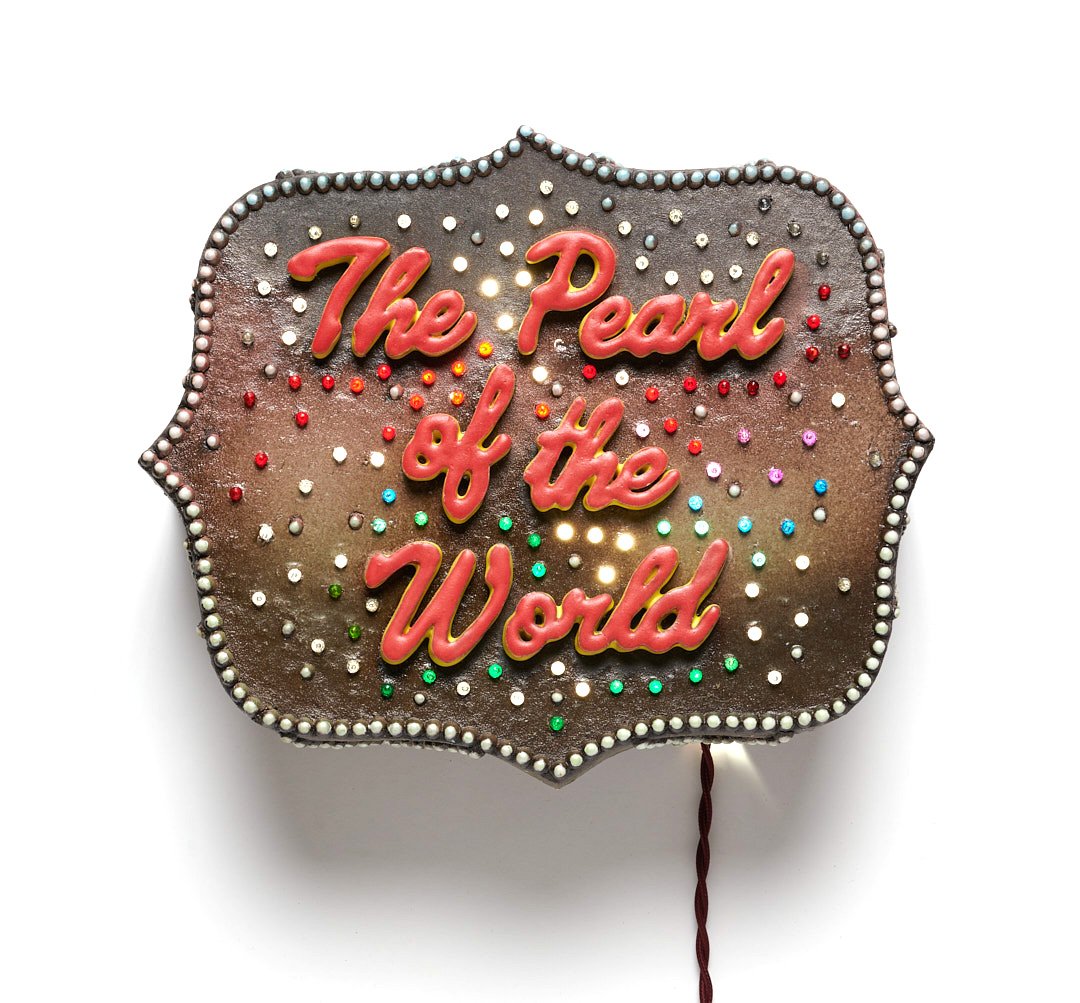Eleanor Foy
Bio
Eleanor Foy is a multi-disciplinary artist currently based in Kansas City, Missouri. Raised in the south San Francisco Bay Area, the landscape and mythology of California and the American West continue to inform her work. After studying painting for three years at Pratt Institute in New York, Foy transferred to Kansas City Art Institute to complete her BFA in Ceramics. This change in focus was compelled by a desire to work in a medium that spans fine art, craft, and mass-production. Foy has received the Ken Ferguson Scholarship, McKeown Special Project Award, and Mentorship Award at Kansas City Art Institute, as well as the Regina Brown Undergraduate Student Fellowship through the National Council on Education for the Ceramic Arts. She has exhibited nationally, most recently in the 2022 NCECA Annual Exhibition, Belonging, at the Crocker Art Museum in Sacramento, California. She is interested in how domestic objects express cultural values, and seeks to unpack the complicated layers of meaning in seemingly mundane images of Americana. Foy is currently a resident artist at Belger Crane Yard Studios.
Artist Statement
The image of the cowboy, drifting within spectacular and desolate landscapes, is an intrinsic part of American culture. Westerns embody and perpetuate the violence of our colonial past, outlining our relationship to history, land, and language. Despite its sinister connotations, through familiar objects and movies Western imagery becomes a meaningful part of our personal lives and collective imagination.
My current body of work presents Western landmarks as TV lamps, an object designed in the 1950s to alleviate the strain of watching television in the dark. Clay is both the material found within the landscapes I represent and the medium of its commodification in mass-produced souvenirs and tchotchkes. Colored bulbs evoke sunsets, marquee lights, and bachelor pad mood lighting, projecting beauty and doom. The construction of these objects is both an indulgence in and a criticism of romantic Americana.
My lamps are imposed with words and images lifted from 19th-century tombstones, Westerns of the 1950s and 60s, and other primary sources that often perpetuate a biased historical narrative. Removed from its original context, I use this found language as a catalyst for reflecting on the associations we have with landscape and the mythology of the West. My work is as much about deconstructing my own infatuation with Western imagery as it is understanding erased histories and the mechanisms that have worked to oppress them. I am driven by the necessity to unlearn what we have been taught, unpack what we respond to, and expose the implications of the objects we surround ourselves with.












